
30/06/2025
3D concrete tiles are a modern type of building and decorative material, made from concrete or geopolymer, with a raised three-dimensional surface featuring geometric, natural, or artistic patterns. Thanks to their strong visual effects, 3D concrete tiles not only provide high aesthetic value but also help improve sound insulation, thermal resistance, and waterproofing. With advantages in durability, ease of construction, and environmental friendliness, especially when combined with recycled materials such as ground brick waste, 3D concrete tiles are becoming an ideal material solution for both interior and exterior modern spaces.

25/06/2025
Amid rapid urbanization and rising aesthetic demands in modern construction, smart and sustainable materials are gradually replacing traditional solutions. Among them, luminescent concrete has emerged as an innovative trend that combines lighting functionality with the mechanical durability of conventional concrete. Not only does it offer a distinctive visual appeal, but it also enhances safety, conserves energy, and improves spatial efficiency in low-light environments. With vast potential for applications in transportation infrastructure, landscape architecture, and smart urban design, this material is paving the way for new directions in the construction industry during the era of green technology.
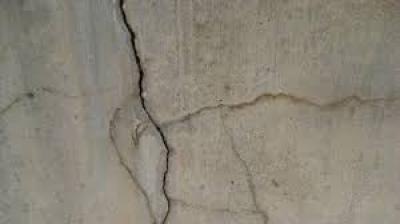
23/06/2025
With the increasingly strong trend of construction development, the number of new construction projects is rapidly increasing over time. However, this process also comes with issues related to construction quality, as some projects do not meet standards or deteriorate quickly, leading to the appearance of cracks on the concrete surface. These cracks not only affect aesthetics but also pose dangers to users, reducing the lifespan of the structures. Recognizing these shortcomings, the MICP method (Microbially Induced Calcite Precipitation) has been researched and applied as an effective solution. This method helps to repair cracks in concrete, creating a protective layer and enhancing the structure's resistance to environmental impacts, thereby increasing the lifespan and ensuring safety for construction projects.

19/06/2025
In the context of an urgent global shift toward green materials and sustainable development, recycling concrete from demolished structures has become a significant trend. Instead of being discarded, this old concrete is processed and reused as aggregate for new concrete, contributing to waste reduction and minimizing environmental impact. However, to ensure the quality and accuracy of the recycling process, it is essential to thoroughly understand the characteristics and properties of these “new aggregates” when used in fresh concrete mixtures. In this context, the application of computer vision technology emerges as an innovative approach—allowing for precise analysis and evaluation of material features, thereby enhancing the efficiency and reliability of recycled concrete processing.
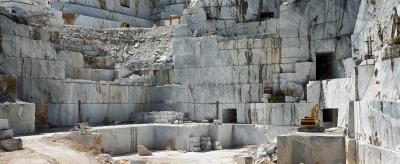
02/06/2025
Marble natural stone is one of the most prized materials in architecture, design, and sculpture. Renowned for its elegant veining, luxurious texture, and broad color palette, marble continues to be a symbol of timeless sophistication. Whether showcased in ancient sculptures or contemporary luxury homes, marble’s enduring charm makes it a top choice for designers and homeowners alike. In this complete guide, we’ll explore the origins, properties, types, colors, quarrying process, applications, and care tips for marble natural stone—everything you need to know before choosing marble for your next project.
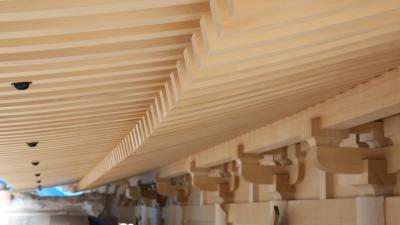
12/05/2025
The mortise and tenon structure, a cornerstone of traditional Chinese architecture and furniture, is gaining new relevance in modern cultural and creative product design. As a unique joinery method developed over thousands of years, this technique embodies both aesthetic beauty and structural intelligence.
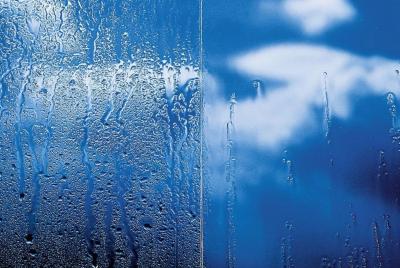
21/04/2025
For architects and engineers committed to sustainability, functionality, and aesthetics, self-cleaning surfaces represent a cutting-edge innovation. These advanced materials, inspired by nature and powered by nanotechnology, offer a low-maintenance, eco-friendly solution for modern buildings and infrastructure. Whether integrated into façade systems, glazing, solar installations, or public infrastructure, self-cleaning coatings reduce the need for manual washing, preserve material integrity, and improve hygiene—making them ideal for today’s performance-driven design.

09/04/2025
Japan, one of the most earthquake-prone countries in the world, is leading the way in developing innovative earthquake-proof housing solutions. A standout among these is the levitating house by Air Danshin Systems Inc., a revolutionary technology designed to protect lives by lifting homes off the ground during seismic activity. The concept is simple but brilliant: if buildings kill people during earthquakes, why not temporarily lift them away from danger?
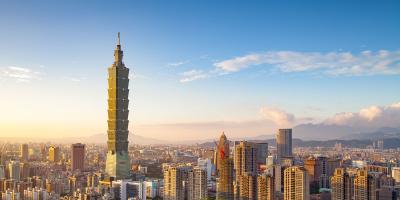
31/03/2025
On March 28, 2025, a powerful earthquake struck Myanmar, causing extensive damage across the country and leaving over 140 people dead. The full extent of destruction was initially unclear, particularly in Myanmar, where a civil war has further complicated rescue and recovery efforts. Neighboring Thailand also felt the impact, with at least six fatalities in Bangkok following the collapse of a high-rise under construction. While this tragedy unfolded, it raises a crucial question: how do some countries successfully build earthquake-resistant structures? One of the best examples is Taiwan.
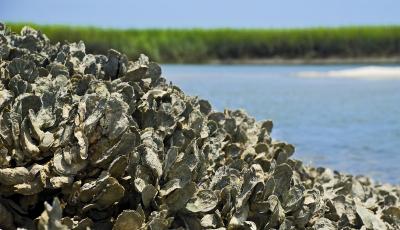
28/03/2025
Throughout the history of hydraulic construction, the Chinese have relied on folk wisdom to protect bridge foundations and piers from water erosion and the impact of currents. One of the most unique and effective methods is the use of oysters—marine organisms with the ability to adhere firmly to hard surfaces, forming a natural protective layer for structures. Based on real-world observations, this method has gradually been researched and applied in modern construction, becoming a sustainable building solution.
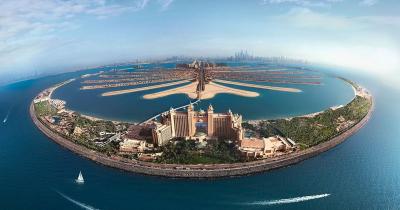
17/03/2025
Artificial islands are human-made structures built in water bodies, typically in oceans, seas, lakes, or rivers. They are created for various purposes, such as urban expansion, tourism, infrastructure development, military bases, and environmental projects.
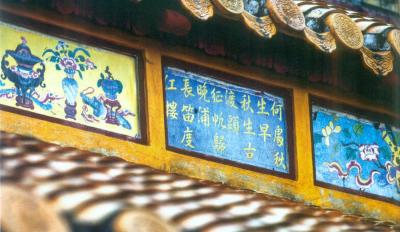
05/03/2025
Among the many cultural heritages left by the Nguyen Dynasty (1802 – 1945), Pháp lam Huế (Hue enamelware) stands out as a particularly unique form of tangible heritage. Pháp lam (also known as pháp lang – falang, 琺瑯) is an enamelware product made of a copper base coated with enamel, originating from Central Asia. The craft flourished through five Nguyen emperors, leaving behind exquisite artistic values.
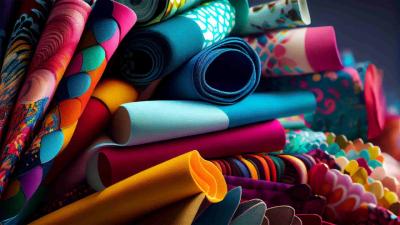
19/02/2025
In an era where sustainability and circular economy principles are transforming industries, the textile sector is at a critical juncture. The European Commission’s Ecodesign for Sustainable Products Regulation (ESPR) aims to enhance textile product durability, repairability, and recyclability. Understanding textile durability standards is crucial for manufacturers, retailers, and consumers who prioritize sustainable fashion and long-lasting materials. This guide explores essential textile durability standards, testing methodologies, and the factors influencing fabric performance, ensuring compliance with regulations and industry best practices.
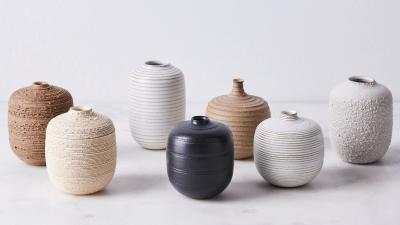
23/01/2025
Ceramics, a diverse class of inorganic, non-metallic materials, are celebrated for their unique combination of properties that set them apart from metals and polymers. With a history rooted in ancient craftsmanship and an evolving role in advanced engineering, ceramics are a cornerstone of both tradition and modern innovation. This guide explores the technical aspects of ceramics, their types, and applications, making it a must-read for industry professionals, researchers, and enthusiasts alike.
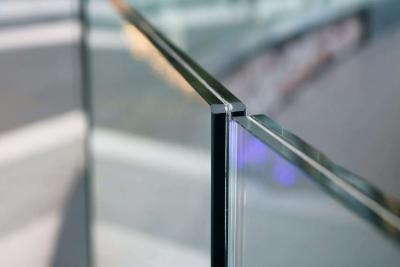
13/01/2025
When we think of "performance," cars, computers, or cameras might come to mind. But did you know that glass—a seemingly inanimate material—can also have performance metrics? Understanding glass performance involves exploring how glass meets specific functional requirements in buildings and vehicles.
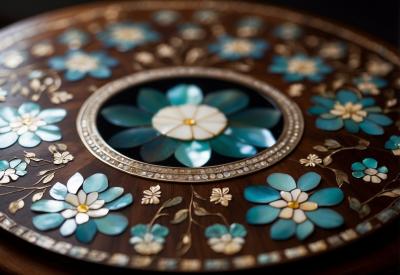
03/01/2025
In the ever-evolving world of design, few materials capture the delicate balance between tradition and modernity like mother-of-pearl lacquerware. This centuries-old craft has been revitalized, finding its place in contemporary product design and proving that traditional techniques can thrive in the modern age. Let’s explore the rich history, current applications, and lasting value of mother-of-pearl lacquerware in today’s design landscape.
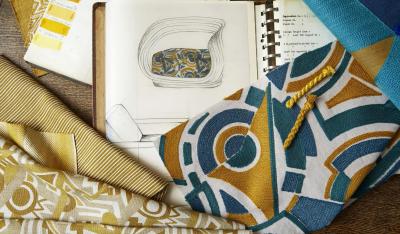
26/12/2024
Discover the world of upholstery textiles—an essential element in furniture design that combines functionality, style, and comfort. From the luxurious feel of velvet to the timeless charm of leather, understanding upholstery materials can help you choose the perfect fabric for your home. Below, we explore popular textile types, their characteristics, and best uses, along with key upholstery techniques and trends.
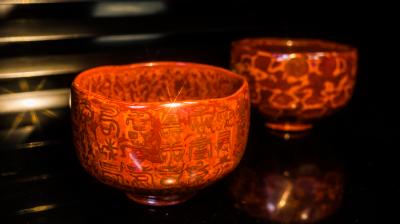
25/12/2024
Lacquerware, a testament to human artistry and resilience, carries a rich legacy that resonates through centuries. Its vibrant hues and intricate craftsmanship stand as a vivid representation of the cultures that shaped it. What secrets lie beneath its gleaming surface? This article delves into the twists, turns, and triumphs of lacquer culture, uncovering its enduring allure.